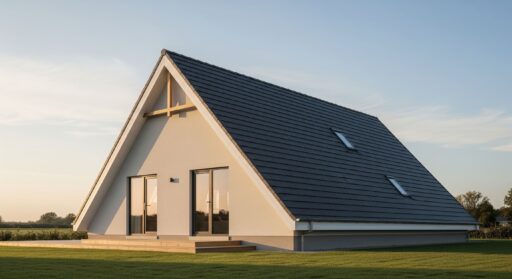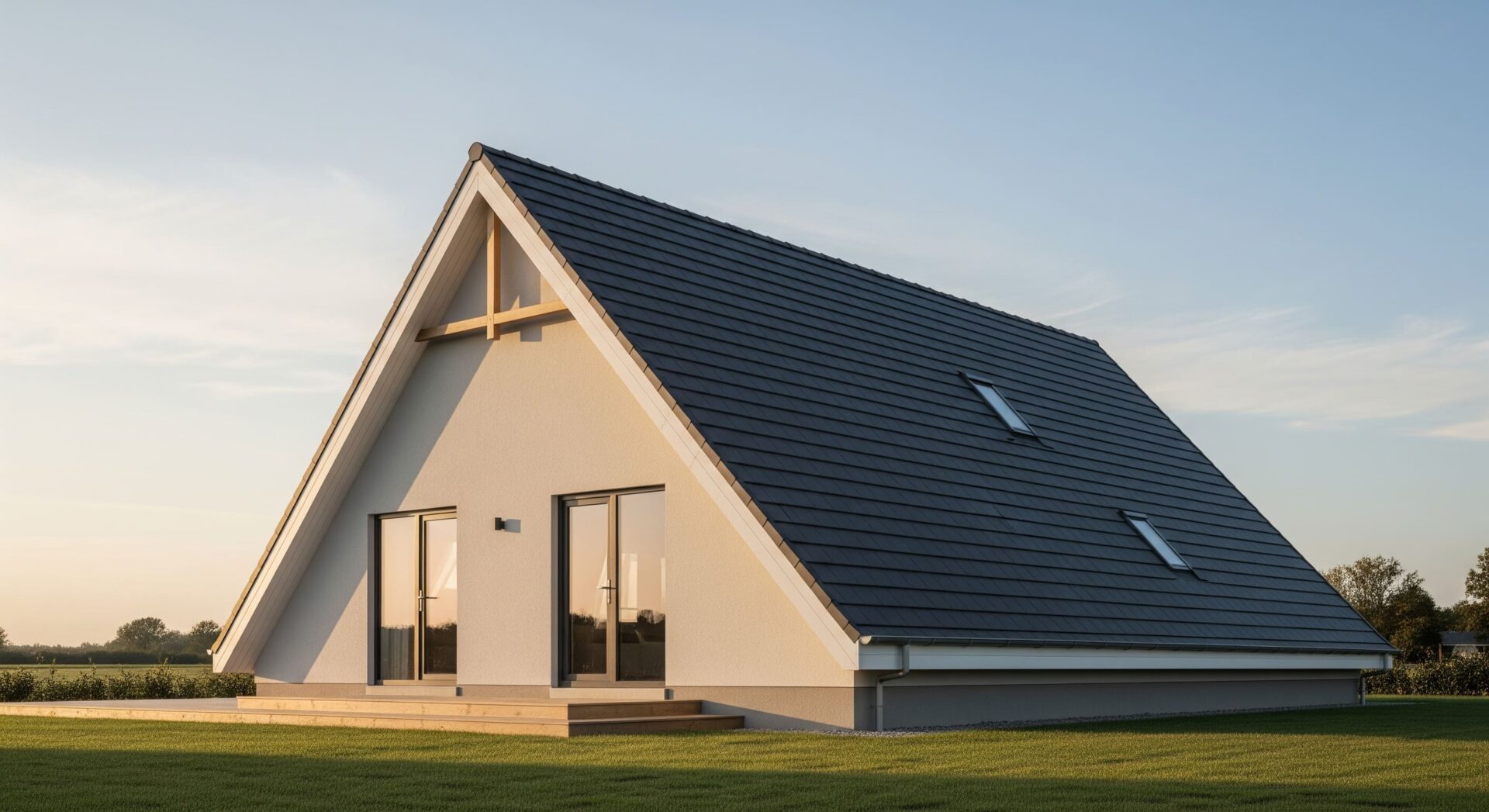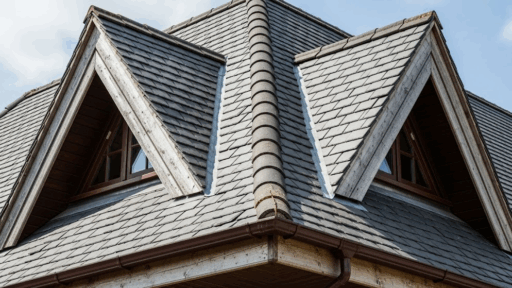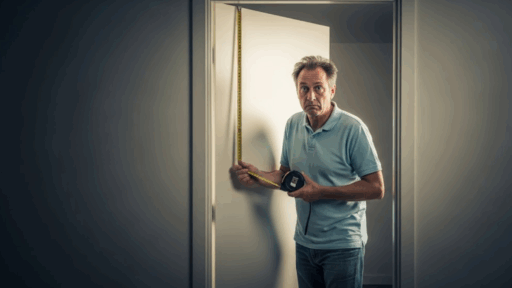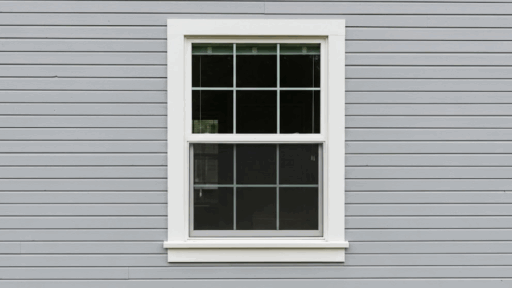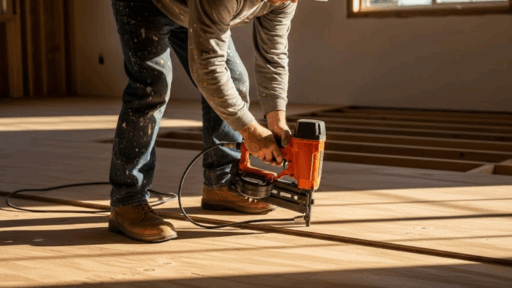A pitched roof is the type often seen with a triangular shape; it slopes upward on each side and meets at the top.
This design isn’t just for looks. It helps water, snow, and debris slide off easily, which makes the roof last longer and keeps your home safer.
If you’re a homeowner or builder, it’s helpful to understand pitched roofs. They offer strong drainage, extra attic space, and a classic style that can raise your home’s value.
In this guide, you’ll learn what pitched roofs are, the different types, why they’re better than flat roofs in many cases, and how to choose the best material and pitch for your climate and budget.
What is a Pitched Roof?
A pitched roof features angled planes typically greater than 10–20 degrees, commonly constructed in a dual-slope form that meets at a central ridge or peak.
The term “pitch” refers to the vertical rise over the horizontal span, which determines how steep the roof appears and affects its performance characteristics.
The pitch is usually expressed as a ratio, such as 6:12, meaning the roof rises 6 inches vertically for every 12 inches of horizontal distance.
This measurement is crucial for determining appropriate roofing materials, drainage efficiency, and overall structural requirements.
| Pitch Type | Ratio Range | Typical Applications |
|---|---|---|
| Low Pitch | 2:12 – 4:12 | Modern homes, commercial buildings |
| Medium Pitch | 5:12 – 9:12 | Traditional residential construction |
| Steep Pitch | 10:12+ | Historic homes, snowy climates |
Understanding these categories helps homeowners and builders select the appropriate pitch for their specific climate, aesthetic preferences, and functional requirements.
Key Benefits of a Sloped Roof
Here are the main reasons why pitched roofs are such a popular choice for homeowners.
- Efficient Water and Snow Drainage: Water and snow naturally slide off, preventing leaks and ice buildup that can damage your home.
- Improved Durability and Weather Resistance: The sloped design effectively handles wind, rain, and snow, resulting in a longer-lasting roof.
- Extended Lifespan and Low Maintenance: Most pitched roofs last 20-50+ years with minimal upkeep since water doesn’t pool on them.
- Extra Attic or Loft Space: The triangular space underneath gives you valuable storage or even extra rooms without expanding your home.
- Enhanced Ventilation and Energy Efficiency: Natural airflow under the roof helps keep your home cooler in the summer and prevents moisture-related problems.
- Aesthetic Appeal and Property Value: The classic look enhances your home’s value and complements any architectural style.
- Ideal for Solar Panel Installation: Sloped surfaces are perfect for solar panels, helping you generate more clean energy efficiently.
These advantages make pitched roofs a smart investment that pays off for years to come.
Common Types of Pitched Roofs
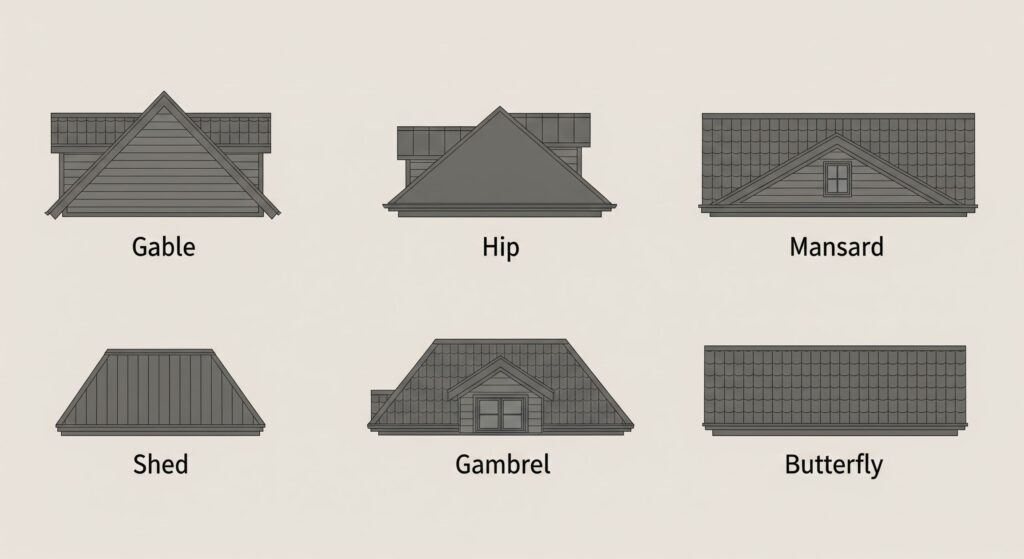
Let’s examine the most popular pitched roof styles and what makes each one unique.
1. Gable Roof
The most common pitched roof with two sloping sides meeting at the top, creating a triangle shape. It’s popular because it’s simple to build, costs less, and drains water well.
Suitable for most homes, but may experience issues with strong winds.
2. Hip Roof
It features four sloped sides that meet at the center. This design handles wind much better than gable roofs, making it perfect for areas with storms or hurricanes. It costs more to build but lasts longer.
3. Mansard Roof
It has two slopes on each side – a steep lower part and a flatter upper part. This French-style roof gives you lots of extra room in your attic, almost like having another floor in your house.
4. Mono-pitch/Shed Roof
A simple roof with just one slope, giving homes a modern look. It’s inexpensive and easy to build, and it works well for garages, additions, or homes where you want to install solar panels.
5. Gambrel and Butterfly Roof
Gambrel roofs resemble barn roofs, featuring two slopes per side, which provides more interior space.
Butterfly roofs slope inward like a “V” and create unique lighting opportunities, though they’re less common for regular homes.
When Might a Pitched Roof not be Ideal?
While pitched roofs have many benefits, they’re not right for everyone. They cost more to build because they require additional materials, more labor time, and more substantial support than flat roofs.
The construction is also more challenging, especially with steep angles, so you’ll likely need professional assistance.
Some situations make pitched roofs impractical as well. Your neighborhood might have height limits or style rules that don’t allow them. If you want a modern, sleek look, a flat roof may be a better fit for your design.
Consider your budget, local regulations, and personal style preferences before deciding if a pitched roof is suitable for your home.
Choosing the Right Pitch and Roof for Your Needs
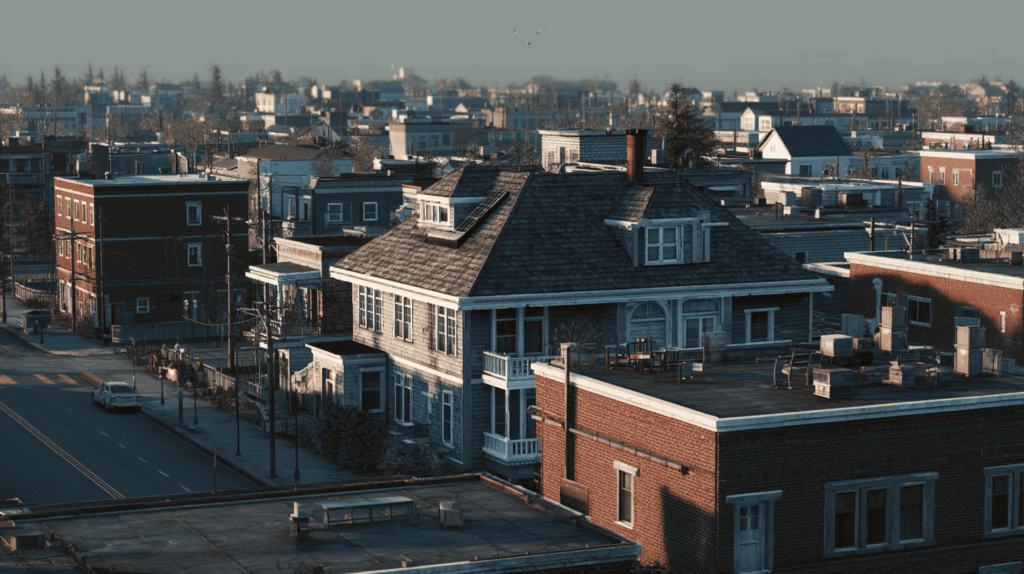
With numerous options available, here’s how to select the ideal pitched roof style and angle for your home.
By Climate
Your local weather plays a big role in determining which roof pitch and style will work best.
- Low Pitch (3:12–5:12): Mild climates, low rainfall/snowfall, areas with height restrictions.
- Medium Pitch (6:12–9:12): Versatile for most climates, good for snow/rain shedding.
- Steep Pitch (10:12+): Snowy regions, historic styles, maximum attic space.
Matching your roof to your climate ensures better performance and fewer problems over time.
Compatible Materials
Different roofing materials are more suitable for specific pitch angles and climate conditions.
- Asphalt Shingles: Affordable, common for 4:12–12:12 pitch.
- Metal Roofing: Durable, ideal for steep slopes, and energy efficient.
- Clay & Slate: Long-lasting for steeper angles (4:12+), classic appearance.
- Thatch: Traditional, insulating, suited for very steep roofs (rare today).
Choosing compatible materials ensures your roof performs well and lasts as long as possible.
Integrated Features
Modern pitched roofs can incorporate features that enhance comfort and functionality.
- Gutters: Essential for drainage, sized for heavy runoff on steep roofs.
- Dormers: Add light and space to attic areas, boost architectural interest.
- Ventilation: Ridge, soffit, and gable vents keep air flowing and reduce moisture.
These integrated features can make your pitched roof even more valuable and efficient.
Comparison Between Pitched Roof and Flat Roof
Wondering whether a pitched roof or a flat roof is right for you? Here’s how they stack up.
| Feature | Pitched Roof | Flat Roof |
|---|---|---|
| Water Drainage | Excellent natural drainage | Requires drainage systems and slopes |
| Maintenance | Lower long-term maintenance | Higher maintenance due to pooling risks |
| Attic Space | Provides usable storage/living space | No space unless specifically designed |
| Aesthetics | Traditional and versatile styling | Modern, minimalist appearance |
| Initial Cost | Higher upfront material and labor costs | Generally, it is less expensive to install |
| Energy Efficiency | Natural ventilation opportunities | Requires mechanical ventilation systems |
| Weather Resistance | Superior wind and precipitation handling | More vulnerable to weather damage |
| Accessibility | Challenging for maintenance | Easier to access for maintenance |
With this comparison in mind, you’re ready to choose the perfect roof for your situation.
Wrapping it Up
A pitched roof is one of the best choices you can make for your home. It keeps water flowing away from your house, lasts longer than flat roofs, and provides better airflow. Plus, you get extra storage space in your attic, and it looks great, too!
There are many different styles and slopes to choose from, allowing you to find one that suits your home’s look, local weather conditions, and your budget. A well-pitched roof will increase your home’s value and keep you comfortable for many years.
Before making a decision, consider the weather, your preferred style, and your budget. Talk to roofing experts who can help you pick the perfect roof for your home.
Frequently Asked Questions (FAQ)
Can a pitched roof be repaired easily after storm damage?
Repairs depend on roof style, material, and slope. Minor issues like missing shingles can often be fixed by professionals, but steep or complex roofs may need specialized equipment or contractors, increasing costs and effort.
Are pitched roofs noisy during rain or hail?
Metal and tile pitched roofs can be noticeably louder during heavy rain or hailstorms. Using insulation, acoustic underlayments, or specific roofing materials, such as asphalt, can help minimize outdoor noise.
Is ventilation more important in pitched roofs than in flat roofs?
Ventilation is critical for both, but pitched roofs often make it easier to design effective natural airflow, which reduces moisture buildup and helps regulate temperature in the attic or loft.
What kind of insulation is best for pitched roofs?
Common options include fiberglass batts, rigid foam boards, spray foam, and blown-in cellulose. The best choice depends on the attic’s use (finished or unfinished), the roof framing, and the local climate.
How often should a pitched roof be inspected or maintained?
Roofs should be professionally inspected at least once a year and after severe weather events. Regular checks can identify early signs of wear, leaks, or damaged shingles, helping you avoid more extensive repairs later.

